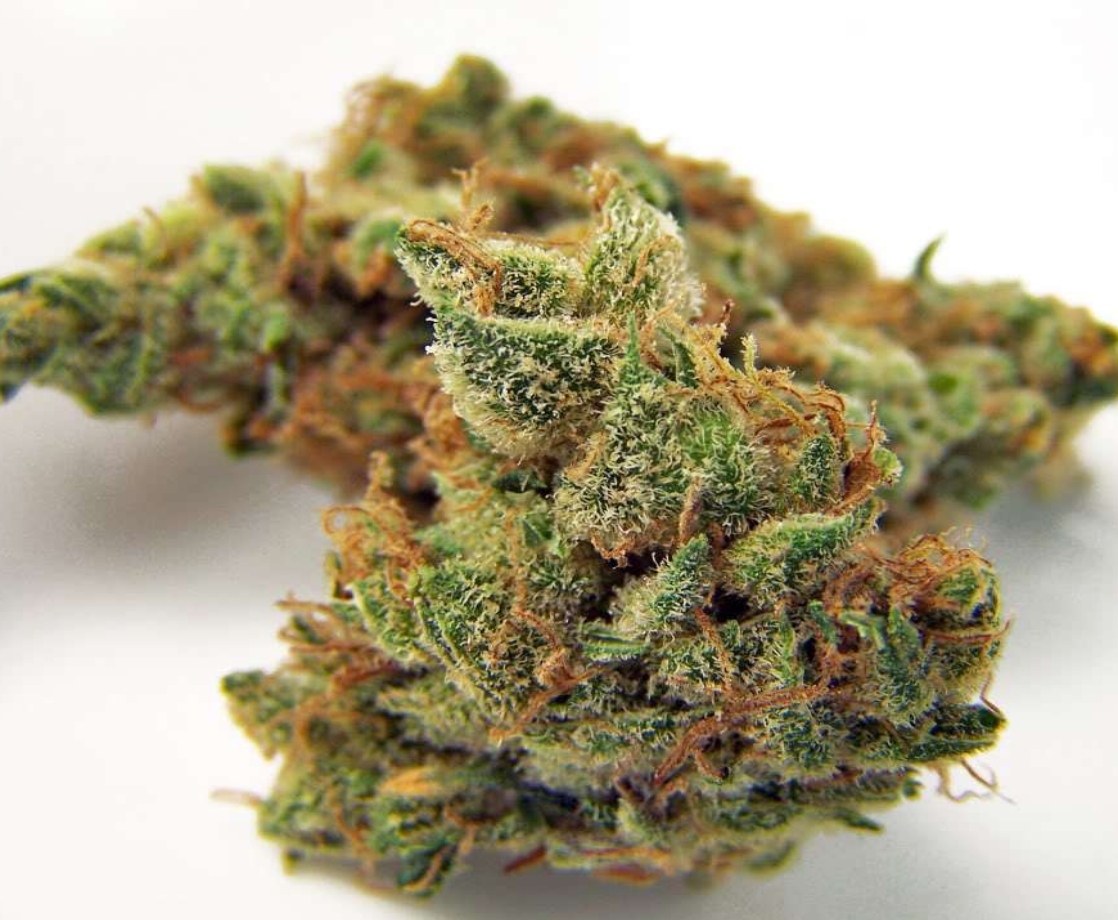There’s a reason weed strains are given their unique names. Strawberry Cough is said to “taste like strawberries.” DJ Short’s Blueberry smells like the little cyanic fruits that dangle from the Vaccinium corymbosum shrub. And Green Crack, well, let’s just say that one won’t pair well with a late-night cup of sleepytime chamomile tea.
With Northern Lights, the strain name invokes the Aurora Borealis’s cosmically awe-inspiring display high above the planet’s northernmost latitudes. It also captures the unmistakable scent of the thick pine forests that stand below those waltzing, glowing arrays.
Northern Lights weed was once a dank delicacy during the days of widespread prohibition. Today, licensed pot shops from Washington State all the way down to Florida carry Northern Lights, as both its name and its hardy genetics have remained in constant demand despite the legal weed markets’ ever-expanding menus of never-before-seen strains.

Sensi Seeds
A Brief, Hazy History of the Northern Lights Strain
Like a lot of cannabis folklore, no one is entirely sure of Northern Lights’ origins. Although its original breeder has never been verified, one of the world’s first weed seed banks, Sensi Seeds, has claimed Northern Lights among its house strains.
Alchimia, a cannabis cultivation website, suggests that Northern Lights was originally sourced out in the ‘70s by a mysterious but famed cannabis dealer known only as “The Indian.” Purportedly, Northern Lights was actually an Afghani landrace, a pure indica, and it only existed as a mother plant. Cuts from the mother were grown by others, and the bud from these cuts were sold on the streets.
While there’s no way to confirm if “The Indian” story is true, several sources seem to agree on one thing: In 1985, Northern Lights caught the attention of Neville Schoenmaker, the founder of Sensi Seeds (known back then as The Seed Bank). Schoenmaker snuck Northern Lights back to Holland, and soon thereafter began offering seeds to interested clients. If the story, so far, is true, then that would mean Schoenmaker crossed the original Northern Lights with another strain, forever altering the plant’s genetics.
According to Sensi Seeds, today’s Northern Lights is a cross between an Afghani landrace and a Thai landrace. Its two most famous progenies are Hash Plant and Super Silver Haze.
Northern Lights is known as a couch-locker, which may be partially due to the strain’s naturally rich terpene content. According to Leafly’s lab data, Northern Lights usually tests around 14 to 19 percent THC, placing its THC levels slightly lower than today’s averages. Yet people who have smoked its nugs will almost always note how strong this weed is, even for seasoned weed smokers who usually burn down entire blunts by themselves just to catch a buzz.
If we assume a cannabinoid like THC is not solely responsible for Northern Lights’ heady reputation, then its terpene content may give us a clue as to why it’s so potent. Leafly lists the coniferous strain’s three major terpenes as myrcene, caryophyllene, and limonene. Myrcene, in particular, is most prominently produced by strains known to induce sleep or sluggishness.
If you find some Northern Lights, set a little aside for a rainy day. Aside from saving a piece of cannabis history, you’ll have an emergency instant-chill remedy in the event that life gets your anxiety levels peaking (like right now, ahem).











